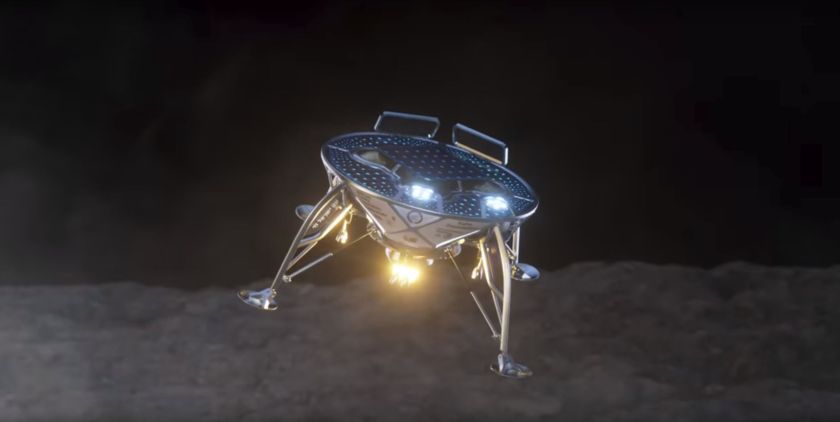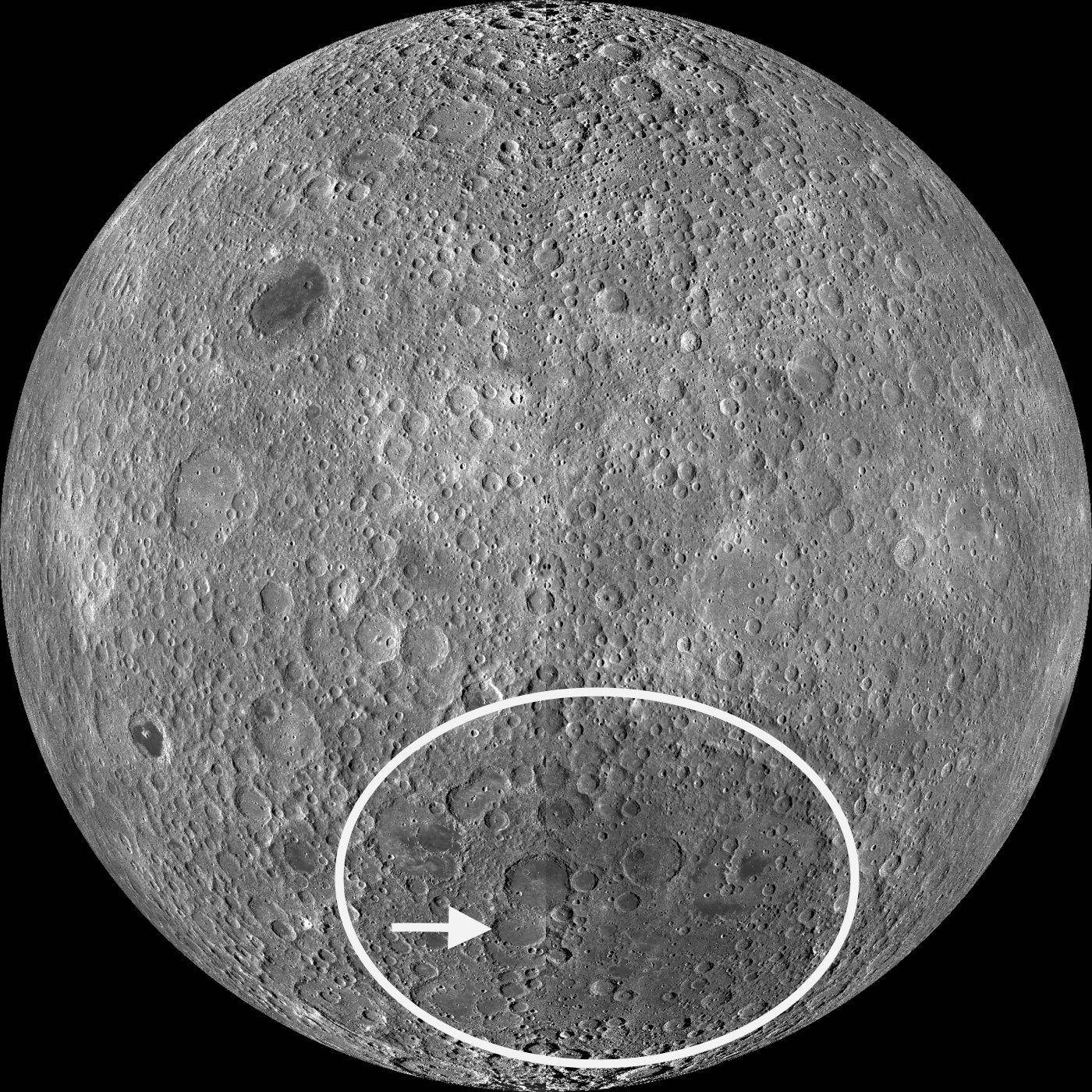December 2021 Weather in Armagh
DECEMBER 2021 WETTER, WARMER AND DULLER THAN AVERAGE. RECORD-BREAKING 2021: WARMEST SEPTEMBER ON RECORD, WARMEST AUTUMN, AND SECOND-WARMEST CALENDAR YEAR SINCE RECORDS BEGAN AT ARMAGH AROUND 1795 Armagh Observatory reports that December 2021 was wetter, warmer, and duller than average. The month was remarkable for an unseasonably very warm period Read more













































































